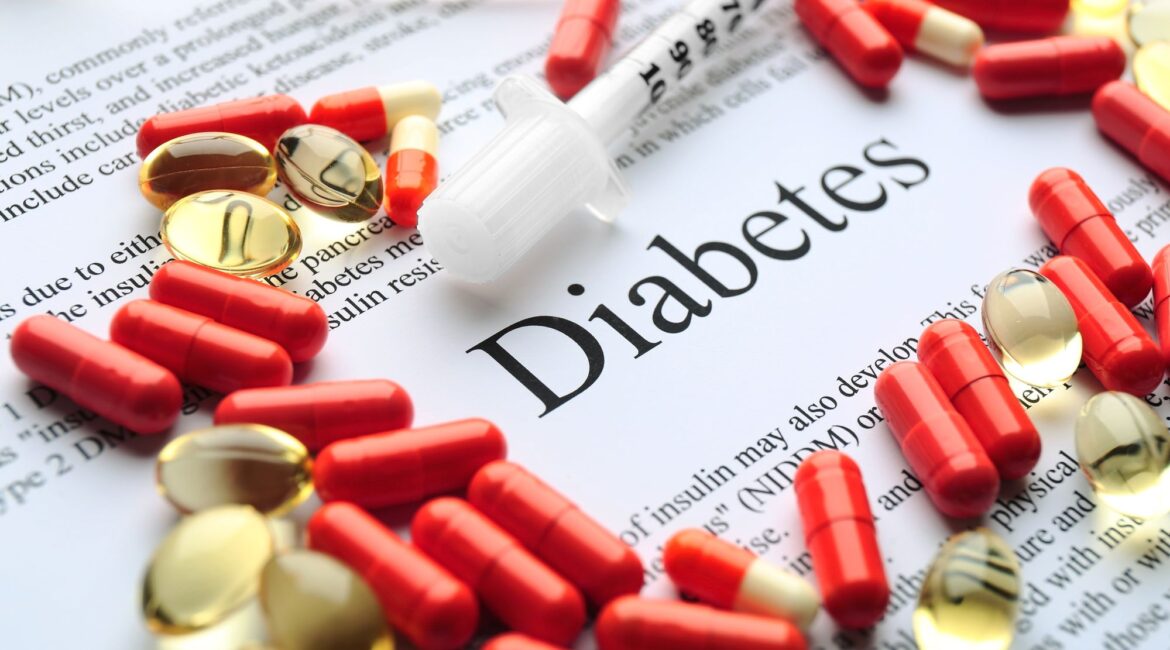Diabetes medications fall in two broad classes. Oral Pills and Injectables. Oral pills fall in different classes of drugs depending upon the mode of action and here we will be covering details about Sulfonylureas (SU) and Meglitinides (glinides).
Background
Sulfonylureas and Meglitinides (glinides) have a very similar mode of action which is why they are grouped together here.
Sulfonylureas are the first oral antidiabetic agents and can be divided into several generations. Tolbutamide, acetohexamide belongs to the first generation of SUs, 2nd generation consists of Glibenclamide/Glyburide, Gliclazide and Glipizide, and lastly belonging to the 3rd generation ( although at times included in 2nd ) Glimepiride.
Glinides (Nateglinide and Repaglinide) are a relatively recent addition.
Mode Of Action
Both Sulfonylureas and Glinides act by stimulating the pancreas to produce more insulin. They bind to an ATP dependent K+ channel on the cell membrane of pancreatic beta cells. The Glinides differ from the SUs in their reduced affinity to the receptors, thus binding for a shorter duration, resulting in shorter action of the drugs.
Other Benefits
- Cheap
- Glinides cause less hypoglycaemia than SUs but hypoglycaemia still poses a risk.
Side Effects
- Headache
- Dizziness
- Nausea
- Skin rash or allergic reaction
- Hypoglycemia
- Weight gain (due to higher insulin levels one has to eat regularly carbs to prevent hypoglycemia)
- Risk of pancreatic burnout, especially when a reduced number of beta cells is pushed to produce more insulin, resulting in loss of beta cells
- Increased risk for cardiovascular disease. (due to simultaneous stimulation of heart muscle receptors), possibly Gliclazide and Repaglinide pose less of a risk.
Contraindications
- Type 1 diabetes
- Kidney, liver or thyroid problems
- Dialysis
- Adrenal and pituitary problems
- G6PD deficiency
- Pregnancy and Lactation
- Ketoacidosis
Brands , generic name in brackets:
- Rastinon, Rastinone (Tolbutamide)
- Daonil , Euglucon (Glibenclamide)
- Diamicron, Dianorm, Glizid, Reclid (Gliclazide)
- Adride, Amaryl, Glinorm, Daory ( Glimepiride)
- Eurepa, Novonorm, Regan, Repide (Repaglinide)
- Glinate, Natelide, NDS (Nateglinide)
FDA Warnings
- Interaction and increased risk of hypoglycaemia with following drugs: NSAIDs, Clarithromycin, Salicylates, Beta Blockers, Oral hypoglycaemic agents, Tetracyclines, MAO inhibitors, Sulfonamides, Disapyramiol, Fluoxetine (Prozac), Quinolone antibiotics
- Increased cardiovascular risk
- Gemfibrozil is contraindicated in patients using Repaglinide
References:
- Bloodsugar 101 by Jenny Ruhl
- www.diabetes.co.uk
- FDA website
- Master your diabetes by Dr. Mona Morstein

